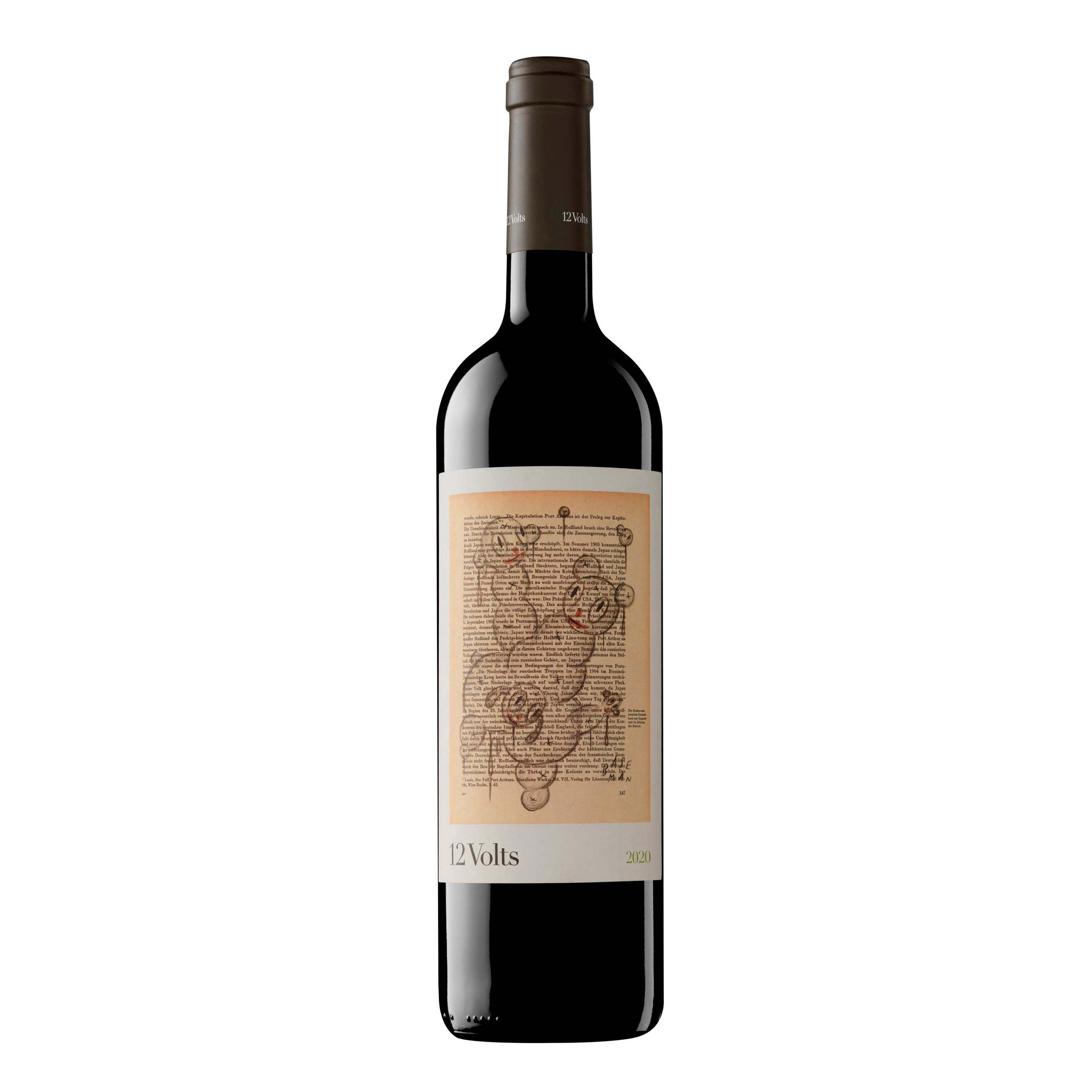Among the labels that never fail on my list for the hot months are the reds made by the four friends (Alfonso Torrente, Laura Ramos, Roberto Santana and José Ángel Martínez) who make up the Envínate team.
My favorites for this time of year are those that are served from grapes grown in the dizzying vineyards of Ribeira Sacra, in Galicia, and in the Taganana area, in the extreme northeast of the island of Tenerife, an almost wild environment with great influence of the sea where they work with small plots of local winegrowers.
In a cool year like 2018, their Táganan feels like a shot of energy on the palate;
an unbeatable combination of crunchy fruit, hints of menthol, spices and an almost saline juiciness.
The elaboration enhances these sensations: an al dente vintage, the variable use of whole clusters that provide herbal notes, soft extractions and used wood that refine the wines, but barely yield flavors.
With their defense of local varieties and fresh and Atlantic wines, they have seduced sommeliers from half the world, discovering that another style was possible in the country of the sun and long aging.
The truth is that the geographical and climatic diversity of the Spanish territory allows almost the entire spectrum of wine styles to be tackled, except for those reserved for very cold climates.
A few years ago, tasting a deep red from hot slate soil with a producer from Priorat, he highlighted how comforting a single sip could be.
It was a wine of introspection, to be savored slowly and of which, probably, we would not drink much more than one or two glasses.
In summer we yearn for the opposite effect: refreshing wines that can be consumed in a certain quantity and that can withstand lower serving temperatures (you don't have to be afraid to put a red wine in the ice bucket).
We find them in Atlantic regions and others with a Mediterranean or continental influence with vineyards at altitude, mountain areas and varieties or climatic conditions that provide freshness.
This search allows you to discover styles and regions that have successfully emerged in recent years.
From the red txakolis that are beginning to appear in the Basque Country and the increasingly attractive proposals that arrive from the Asturian region of Cangas to the already consolidated Galician reds.
Behind it, there are varieties with great potential that have been produced separately for a very short time: hondarrabi zuri, albarín negro, carrasquín, brancellao, loureiro, espadeiro, merenzao…
The mencía that is grown between Bierzo and Galicia is not characterized by its acidity, but it produces very juicy wines, with notes of red berries and tension.
Although with slightly higher alcohol content (depending on the style of the winemaker), the mountains of the Central System, especially when they combine altitude and fresh exposures, have their share of fragrant and subtle reds in the delicate rufetes of Sierra de Salamanca and the evocative garnachas of Gredos.
On the Mediterranean side I always stockpile trepat, the quintessential red wine from the DO Conca de Barberà (Tarragona), hidden for a long time behind the rosé cavas, but which is fantastic for making light reds, with vibrant acidity, low alcohol content and cheerful notes of white pepper.
They are very close to the perfect beach wine.
Further south, the grape varieties that are generating the most interest are those with higher acidity and later ripening.
In Valencia the mandó triumphs (it is also grown in Pla de Bages, in the province of Barcelona) and, with even more nerve, the Arcos.
Making the leap to the Balearic Islands, the callet is the light and evocative variety of Mallorca that wineries like 4 Kilos or Mesquida Mora embroider.
In summer, subtlety wins by a landslide over power.
Carralcoba Caiño (Galicia)
2020 Red, without DO. Eulogius Pomares. red caino. 11.5% vol. 25 euros.
This wine made with 75-year-old vines from the Castrelo-Cambados area (Pontevedra), in the Umia river cove, is a little gem and a great introduction to Caíño, one of the great Galician red varieties.
The merit is that in the same bottle the juiciness and freshness of the Atlantic climate that marks the region come together with the claw and firmness of a good structure.
A red aged for 12 months in chestnut fudre, refreshing and almost addictive, but not necessarily light.
Limited production of 1,400 bottles.
12 Volts (Majorca)
2020 Red. VT Majorca. 4 kilos. Callet, syrah, manotnegro, fogoneu. 12% vol. 16 euros.
The local variety Callet, grown on red ferrous clay soils, is the key to containing the alcoholic strength of this wine.
It also helps that the Syrah is worked with the carbonic maceration technique, which results in less extraction and extra freshness.
This red is a great example of the fresh and relaxed side that the Mediterranean can offer;
a delicious, more immediate and drinkable B-side, with the character of wild berries, scrubland and without interference from the wood as it is aged in foudres and used barrels.
Juliet (Catalonia)
2021 Red. DO Conca. of Barbera. Joseph Foraster. 100% Trepat. 12% vol. 19 euros.
Cultivated in the area of influence of the Poblet monastery in Tarragona, trepat is one of the lightest varieties on the Peninsula, capable of naturally producing red wines with little colour, fresh and easy to drink.
From well-sunny plots in the Sierra de Miramar, Julieta is a particularly pure expression, with all the character of crisp red fruit and white pepper that characterize the variety.
Aging in concrete eggs and in the total absence of wood reinforces that primary character that is sweet and refreshing at the same time.







